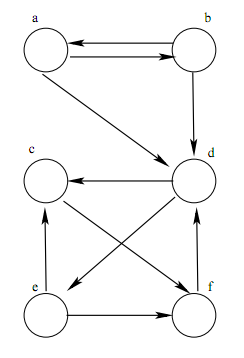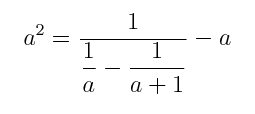 |
| (Textbook. Click for information.) |
Analysis of Algorithms
Spring 2012
Recitation 13
Final Exam Review
Week 14: Apr 24-Apr 26
Due (on time): 2012-05-03 23:59:59
Due (late): 2012-05-05 23:59:59
Note: As of < Wed May 2 14:40:01 CDT 2012 > the
submissions prgram for Recitation 13 is available.
(Sorry for the delay.)
Recitation 13 should be submitted following directions at:
submissions with deadlines
|
|
Notes: 1. The Final Exam is on
Monday, 7 May 2012, 10:30-1 pm. 2. You may bring a single letter-sized sheet of paper to the exam with whatever written on it that you want (but nothing, umm, illegal). |




|
Subset-Sum Problem (SS): Start with a set A of positive integers and a desired sum S. The decision question: Is there a subset A' of A such that sum( a | a in A' ) = S? |
|
Partition Problem (PART): Start with a set A of positive integers. The decision question: Is there a subset A' of A such that sum( a | a in A' ) = sum( a | a in A - A' )? [Here A - A' is the complement of A' in A.] |
|
| ||||||||||||||||||||||||||||||||||||||||||